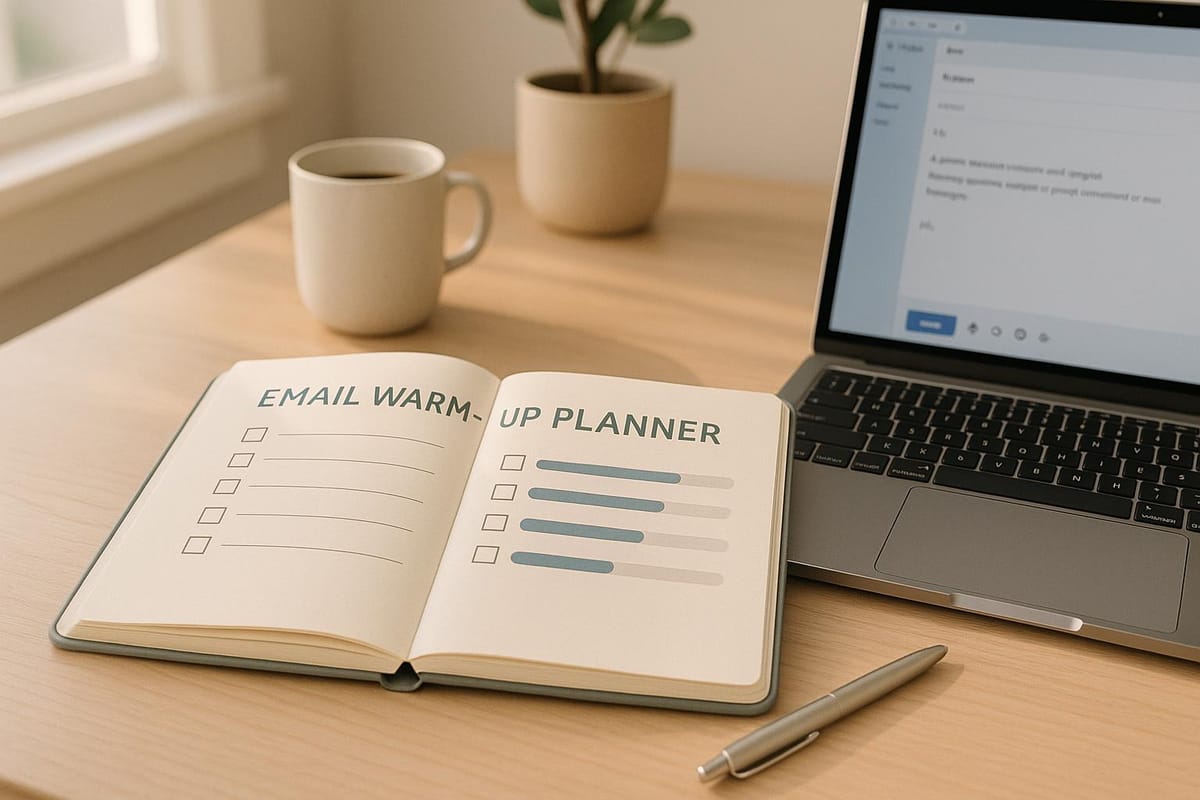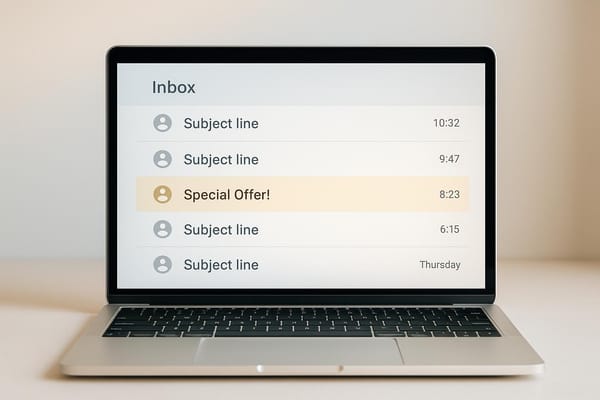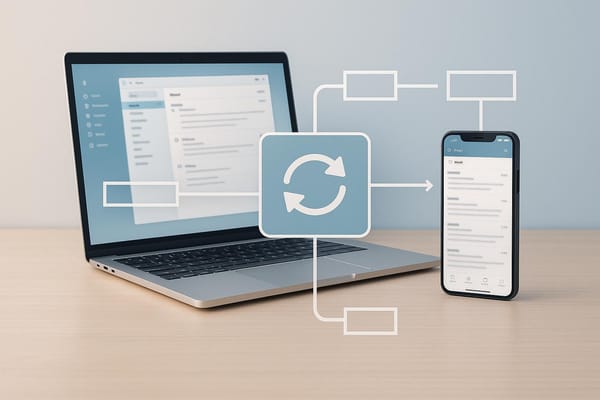Email Warm-Up Planner
Struggling with email deliverability? Use our free Email Warm-Up Planner to gradually increase your sending volume and land in inboxes, not spam!

Boost Your Email Game with a Smart Warm-Up Strategy
If you’re diving into email marketing or scaling up your outreach, deliverability is everything. Without a thoughtful approach, your carefully crafted messages might never reach the inbox. That’s where a strategic email warm-up comes in—a process that helps you build trust with email providers by gradually increasing your sending volume. It’s a game-changer for anyone looking to connect with their audience effectively.
Why Gradual Scaling Matters
Email providers like Gmail and Outlook are always watching. Send too many emails too fast, especially from a new account, and you risk being flagged as spam. A well-planned warm-up schedule eases you into higher volumes, letting you prove you’re a credible sender. Pair this with best practices—think engaging content, clean lists, and responding to replies—and you’re setting yourself up for success. Tools designed for this purpose can map out every step, so you’re not left guessing.
Protect Your Reputation
Your sender score is like a credit score for email. Nurture it by avoiding common pitfalls like spam traps or high bounce rates. With a little patience and the right guidance, you’ll see your emails land where they belong, building stronger connections over time.
FAQs
Why do I need to warm up my email sending volume?
Think of email warm-up as training for a marathon—you can’t just sprint full speed on day one. Starting with a low volume and slowly increasing it signals to email providers that you’re a legit sender, not a spammer. This builds trust, improves deliverability, and keeps your messages out of the junk folder. Without it, blasting hundreds of emails right away could tank your sender reputation and hurt your outreach efforts.
How long does an email warm-up process usually take?
It depends on your starting point and goals, but most warm-up plans span 2 to 4 weeks. If you’re going from 10 emails a day to 100, a couple of weeks with steady increases works well. For bigger jumps or new domains, taking a month ensures you’re pacing yourself. The key is consistency—stick to the plan, engage with replies, and monitor your metrics to avoid red flags.
What can I do to maintain a good sender reputation?
A strong sender reputation comes down to a few smart habits. First, always send to people who’ve opted in—cold lists are a fast track to spam complaints. Engage with replies, even a quick 'thanks' helps. Keep your bounce rate low by cleaning your list regularly, and avoid spammy phrases in your subject lines. Lastly, use a tool like this planner to scale gradually. It’s all about playing the long game with email providers!





